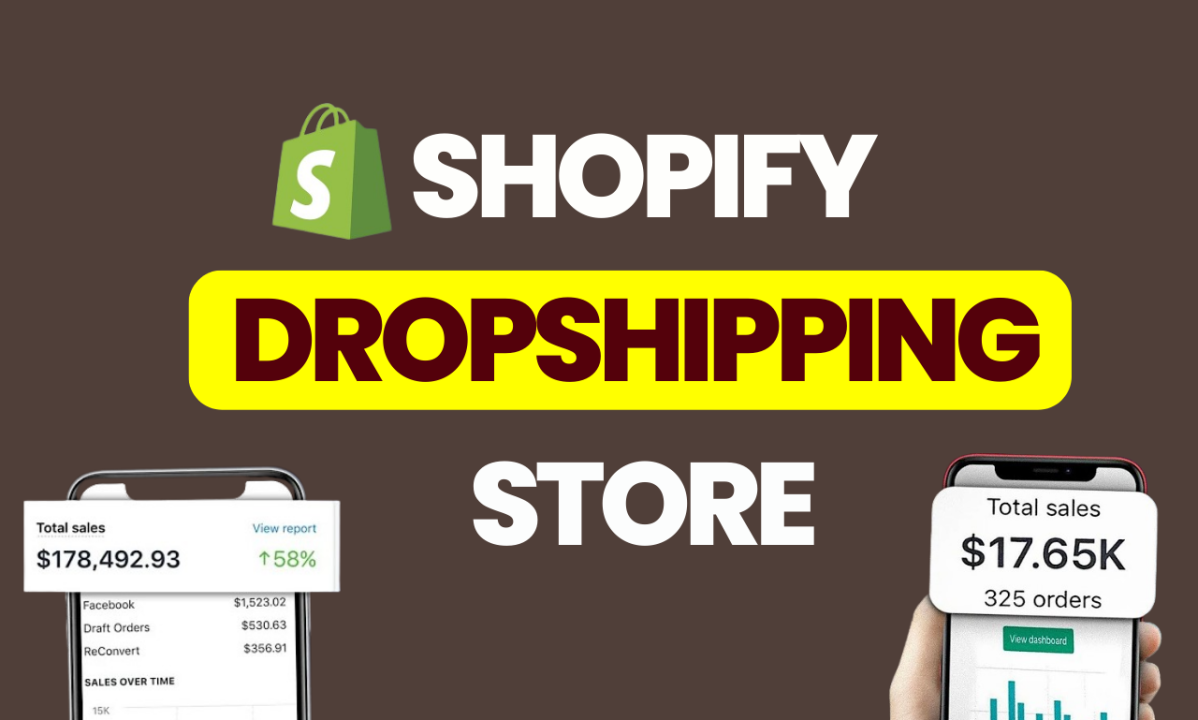Embarking on the journey of entrepreneurship through e-commerce? Shopify dropshipping is an excellent entry point for beginners looking to start an online store without the hassle of managing inventory. This comprehensive guide will walk you through the basics of Shopify dropshipping and help you kickstart your business.
Understanding Dropshipping:
Dropshipping is a retail fulfillment method where a store doesn’t keep the products it sells in stock. Instead, when you sell a product, you purchase the item from a third party and have it shipped directly to the customer.
Setting Up Your Shopify Store:
- Create a Shopify Account: Sign up for a Shopify account and choose a plan that suits your business needs.
- Select a Niche: Identify a niche or product category that aligns with your interests and market demand.
- Install a Dropshipping App: Integrate a dropshipping app like Oberlo or Spocket to streamline product sourcing and order fulfillment.
Researching and Selecting Products:
- Market Research: Analyze market trends, competitor offerings, and audience preferences to identify lucrative products.
- Product Selection: Choose products with high demand, reasonable profit margins, and reliable suppliers.
Working with Suppliers:
- Vet Suppliers: Partner with reputable suppliers who offer quality products and reliable shipping.
- Product Listings: Import products into your Shopify store with detailed descriptions, images, and competitive pricing.
Optimizing Your Store for Conversions:
- Professional Design: Create a visually appealing and user-friendly store design.
- Clear Product Descriptions: Craft compelling product descriptions with clear benefits and features.
- Smooth Checkout Process: Simplify the checkout process to minimize cart abandonment.
Marketing Your Dropshipping Store:
- Social Media Marketing: Leverage platforms like Instagram and Facebook for targeted advertising.
- Content Marketing: Create engaging blog posts or videos related to your niche to attract organic traffic.
- Influencer Collaborations: Partner with influencers to promote your products to a wider audience.
Monitoring and Scaling:
- Analytics: Use Shopify analytics to monitor your store’s performance, track sales, and identify areas for improvement.
- Scaling Strategies: As your business grows, consider expanding your product range, exploring new marketing channels, and optimizing your processes for efficiency.
By following this comprehensive guide, you’ll be well-equipped to start and scale your Shopify dropshipping business. Stay adaptable, continuously learn, and adapt your strategies based on market trends and customer feedback to ensure long-term success in the dynamic world of e-commerce.

